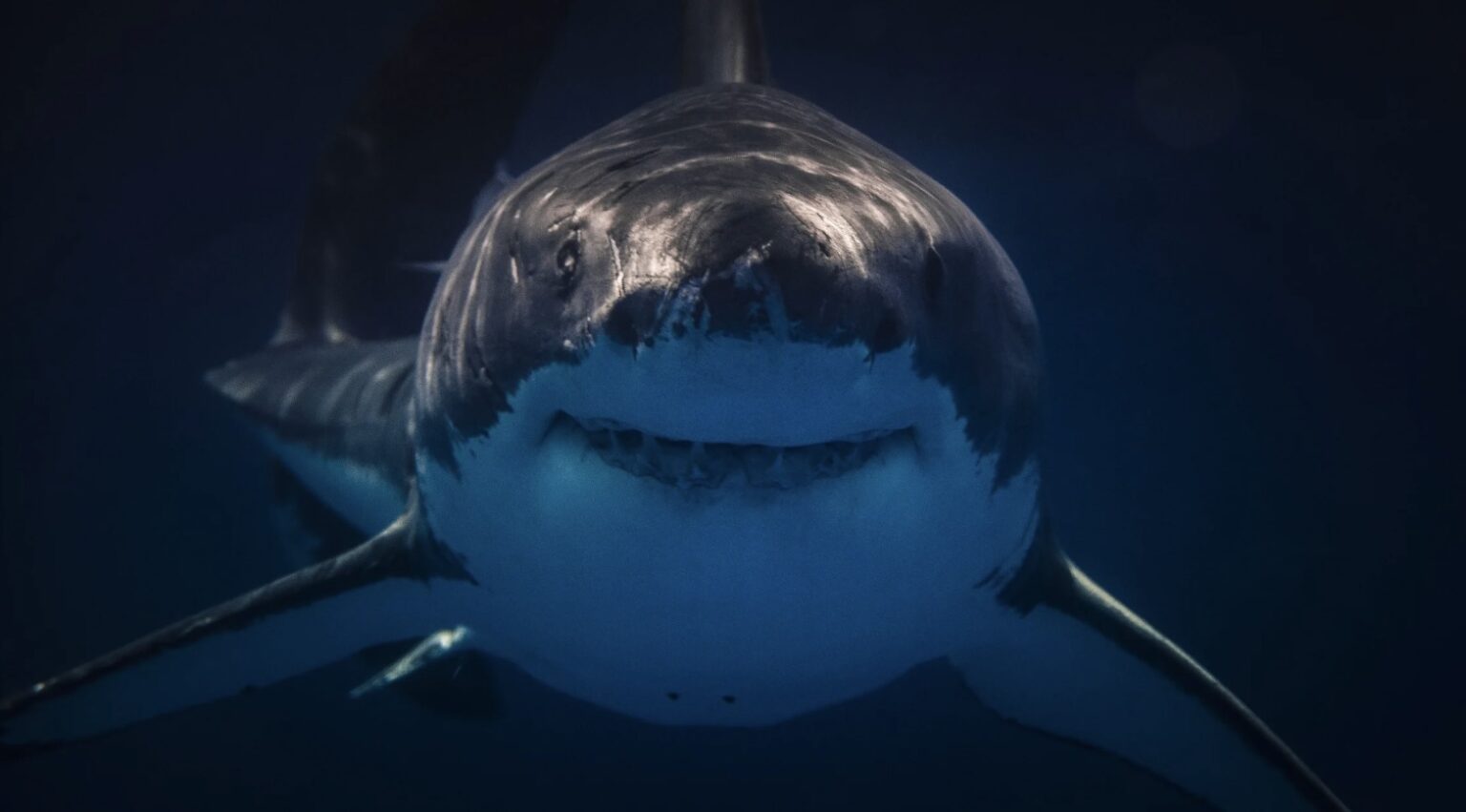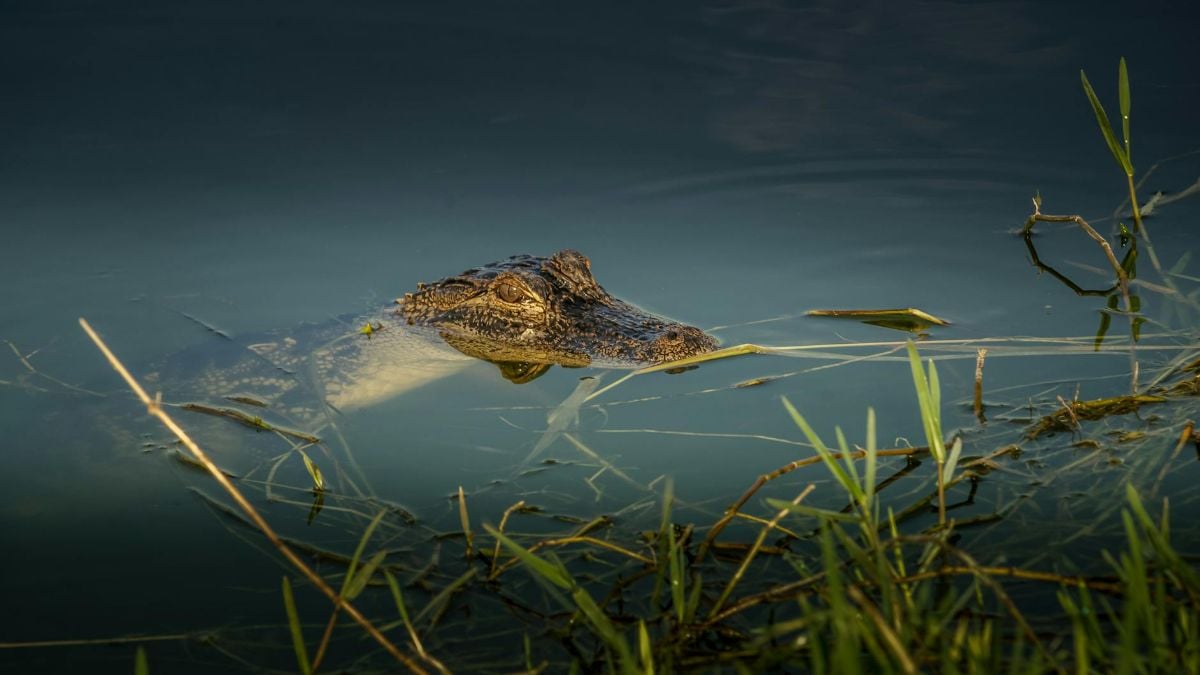Skip To...
For decades, whispers of a massive hammerhead shark lurking off Florida’s Gulf Coast have captivated the imaginations of local fishermen and fueled late-night storytelling along docks and marina bars. The creature at the center of this sea legend? A monstrous hammerhead is said to stretch over 20 feet long and weigh more than 2,000 pounds, a shadowy giant that’s both feared and revered. But what really sets this tale apart is the shark’s name: “Old Hitler.”
Yes, that’s the actual nickname. Its strange, eyebrow-raising origins date back to the height of World War II.
How Wartime Panic Led to a Florida Shark Being Nicknamed ‘Old Hitler’
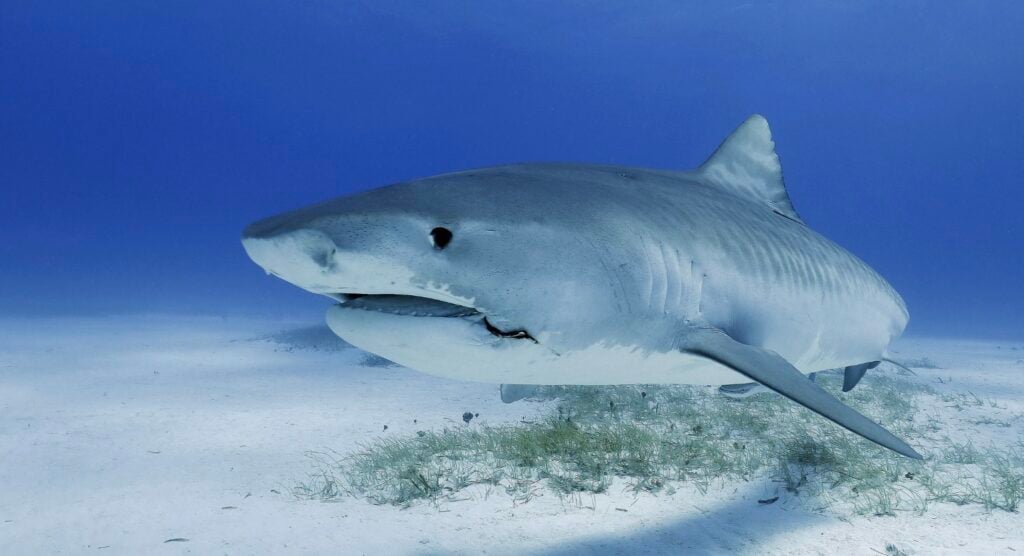
According to reporting by the Naples Daily News, the nickname “Old Hitler” emerged during the 1940s. At the time, German U-boats were patrolling the waters off the eastern coast of the United States. Several American vessels were sunk near Florida, sparking widespread panic and military action.
In response, the U.S. deployed dirigible blimps to monitor the coast for enemy submarines. But it wasn’t just the military that was on edge. Private sailors and fishermen, on high alert for possible attacks, began reporting mysterious shapes beneath the surface. They also noticed unusual movement near shipping ports and bays.
Many of these sightings, as it turned out, weren’t enemy vessels at all, but rather massive hammerhead sharks, gliding near the surface. With fear and paranoia running high, it didn’t take long for one of these creatures to be labeled the “enemy.” The name “Old Hitler” stuck, an unsettling mix of wartime anxiety and old-school fishing lore.
Florida Fishermen Describe the Shark That Refused to Die
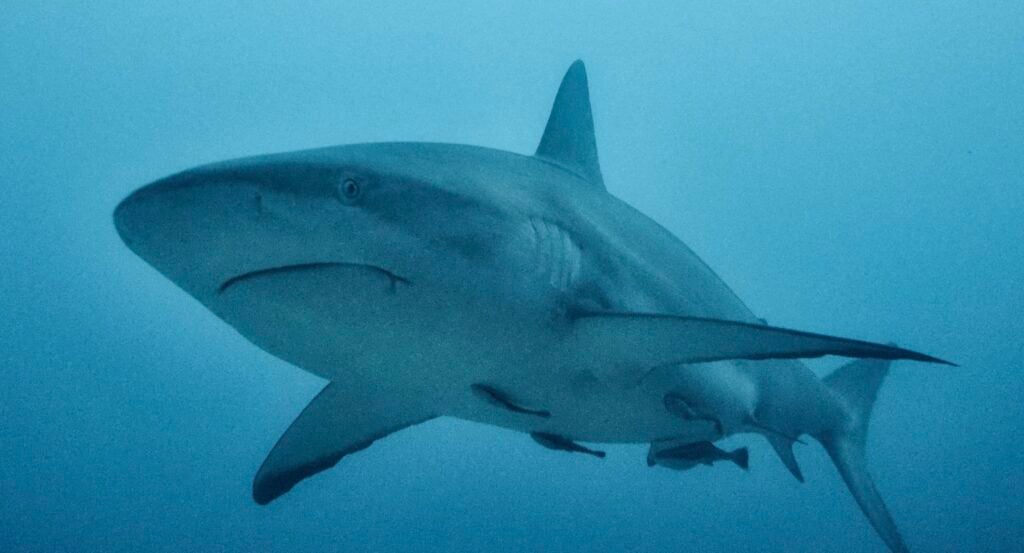
As commercial fishing increased in the postwar years, sightings of unusually large hammerheads became more frequent, especially in areas like Tampa Bay, Sarasota, and other parts of Florida’s southern Gulf Coast. Fishermen began swapping increasingly vivid and dramatic stories of encounters with a single, enormous hammerhead. The shark seemed to survive every clash, no matter how brutal.
Descriptions of the creature were chillingly consistent. Witnesses claimed the shark was “as dark as a shadow and covered in scars.” Some said it bore deep gashes from boat propellers, others claimed to have seen a knife stuck in its fin, or described a machete wound from an earlier encounter with an angry fisherman. One particularly bizarre version of the tale claimed the shark had a head scar shaped like a swastika, supposedly from a near-deadly run-in with a harpoon or propeller.
But was “Old Hitler” ever real, or just a collection of exaggerated fishing tales?
Marine Biologists Say Florida’s Legendary ‘Old Hitler’ Shark May Be Based on Real Hammerheads
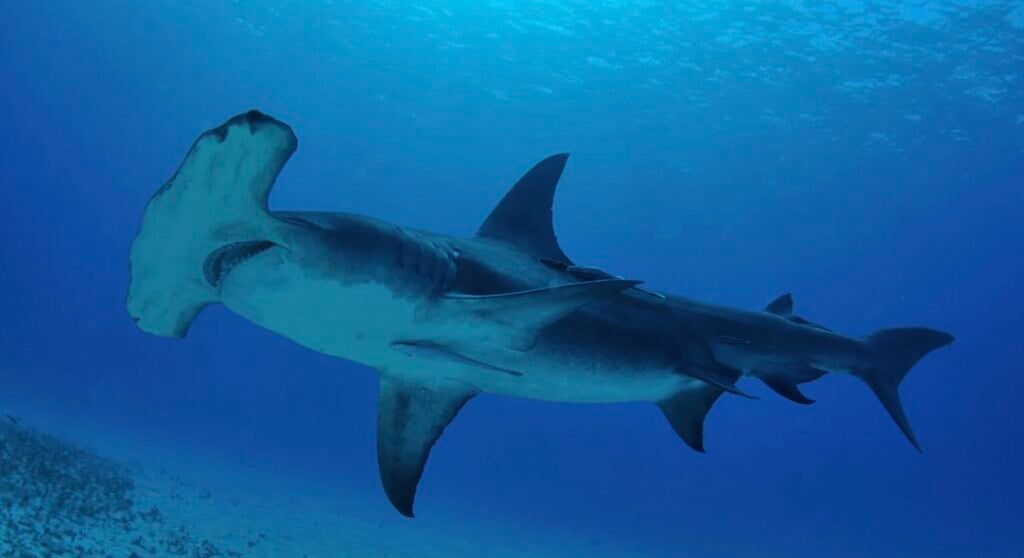
According to marine biologists, there is some truth behind the legend. The great hammerhead shark, the largest of all hammerhead species, can reach lengths of nearly 20 feet and live more than 20 years.
The Florida Fish and Wildlife Conservation Commission (FWC) confirms that these sharks are known to frequent inlets and bay mouths. They are especially common in shallow coastal waters along the Gulf Coast. And while unprovoked attacks are rare, the great hammerhead ranks seventh globally for such incidents, often crossing paths with boats and fishing lines.
Experts believe the legend of “Old Hitler” may have grown from repeated sightings of multiple large hammerhead sharks over the years, with each encounter feeding the myth. Several people may have spotted a particularly scarred or aggressive shark at different times, each attributing it to the same infamous figure.
“When people see a very large hammerhead shark, they just want to say, ‘That must be Old Hitler,’” Bob Hueter, Director of the Center for Shark Research at Mote Marine Laboratory in Sarasota, told the Tampa Bay Times back in 2007. “I think it’s just a catchy nickname.”
Catchy or not, the tale of “Old Hitler” has cemented itself in Florida’s unique brand of folklore. Whether it was one real shark, many, or a story born from fear and imagination, it remains one of the Sunshine State’s most enduring and bizarre monster myths.

